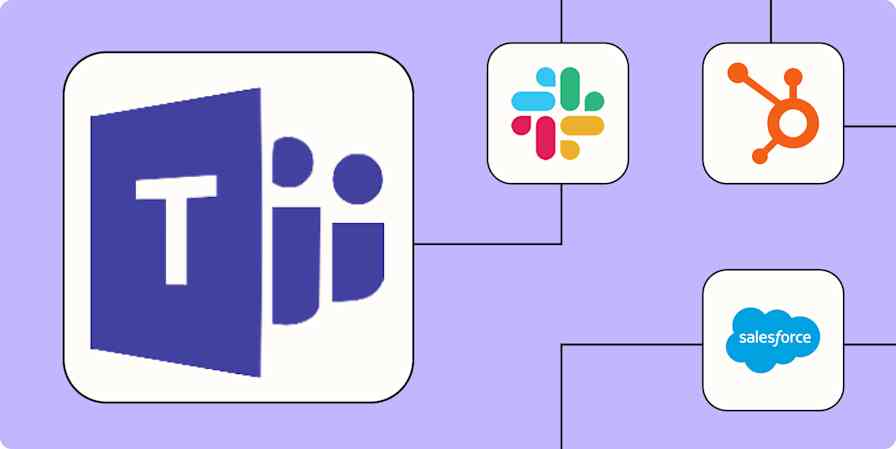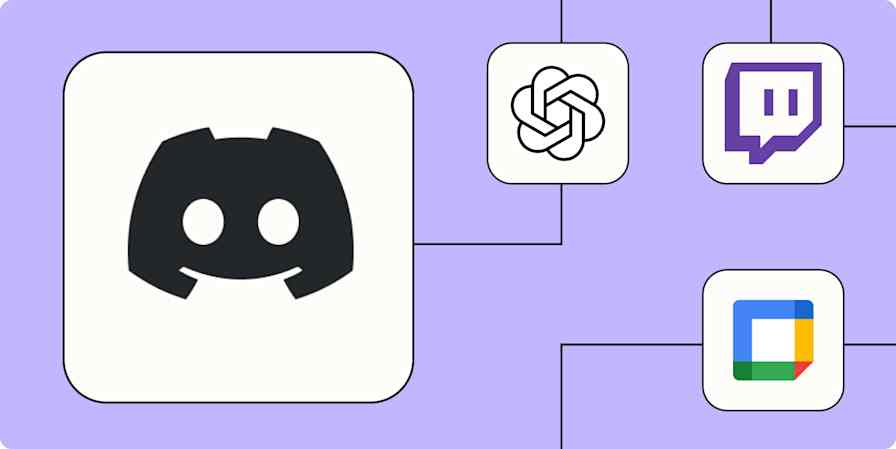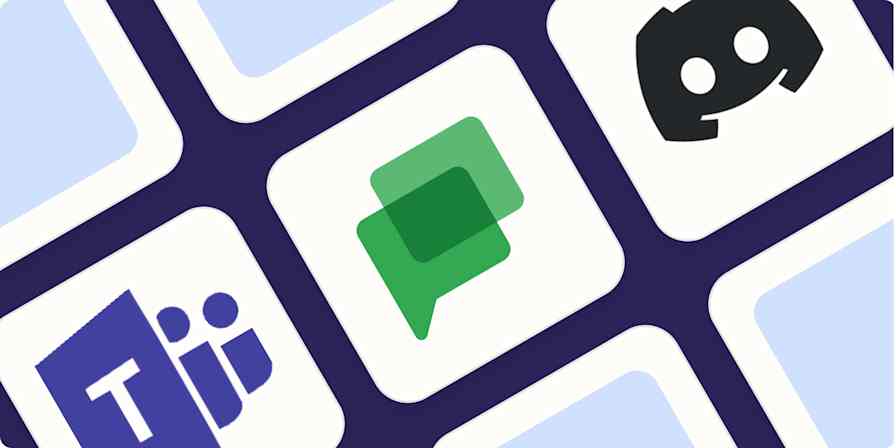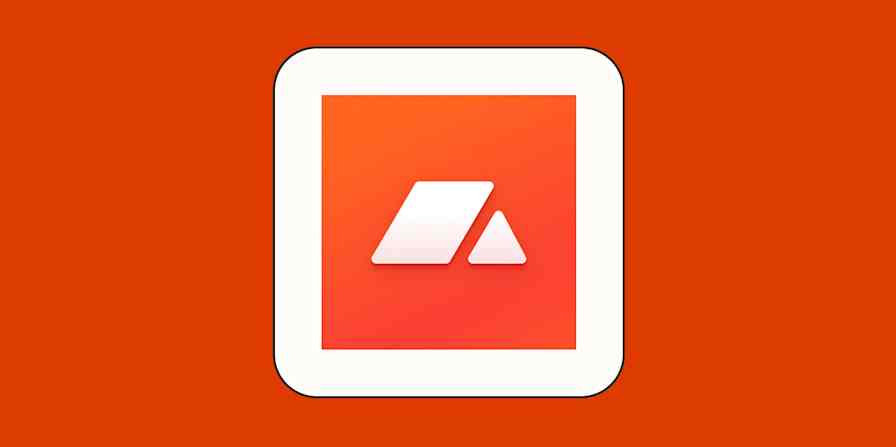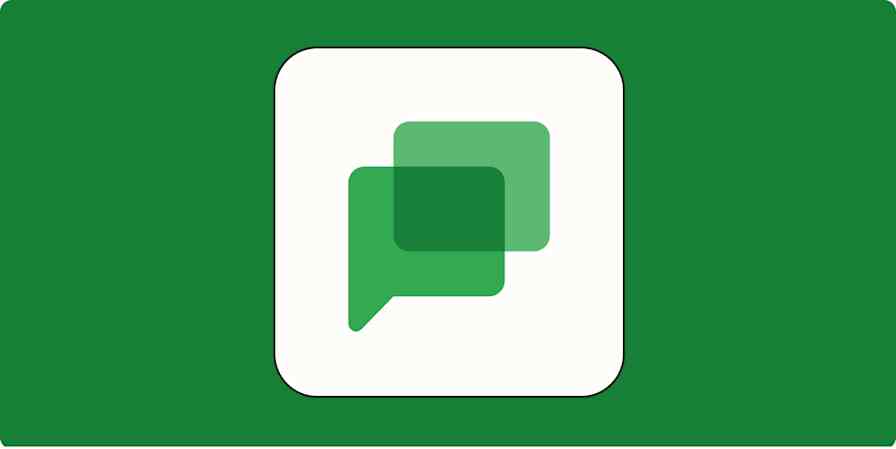Business tips
3 min readHow to communicate with businesses that use a different chat app
Slack and Microsoft Teams can play nice
By Dominic Kent · May 20, 2021
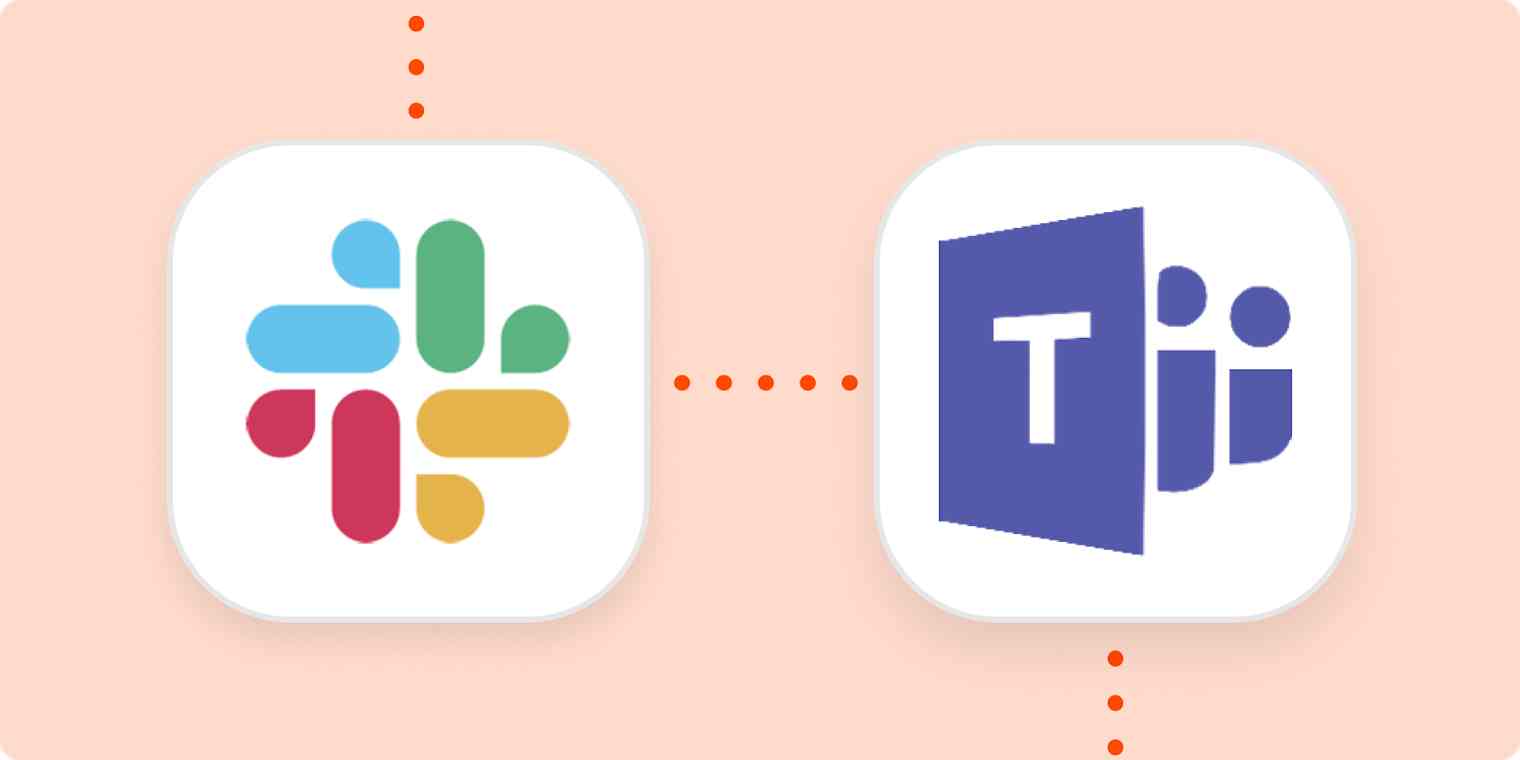
Get productivity tips delivered straight to your inbox
We’ll email you 1-3 times per week—and never share your information.
mentioned apps
Related articles
Improve your productivity automatically. Use Zapier to get your apps working together.

